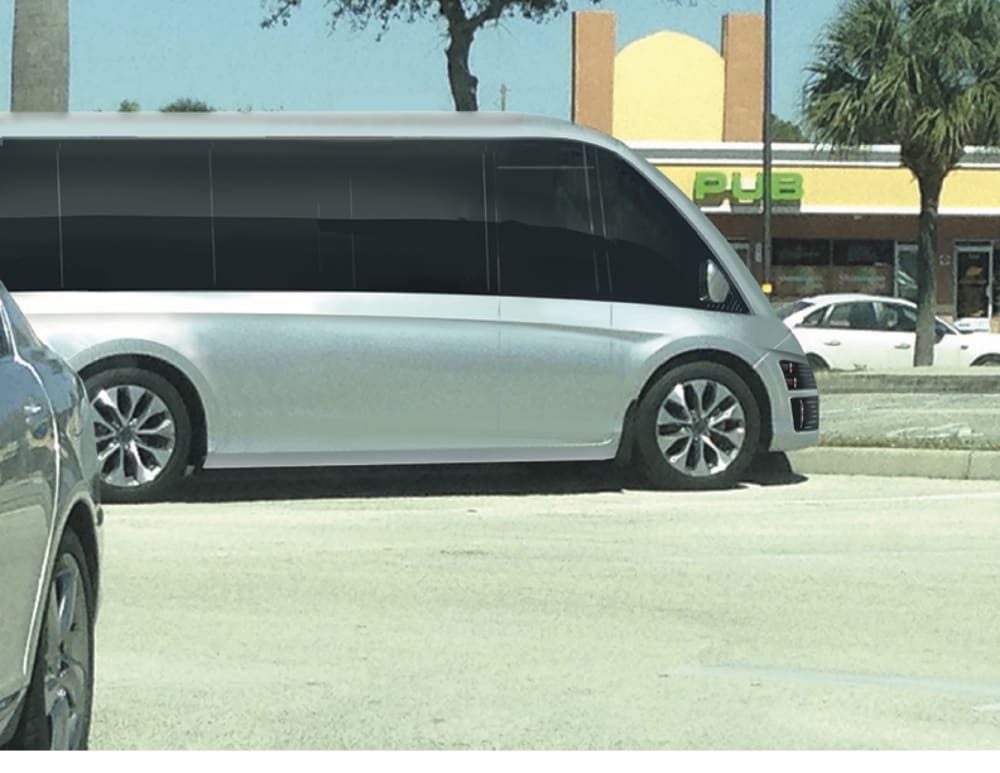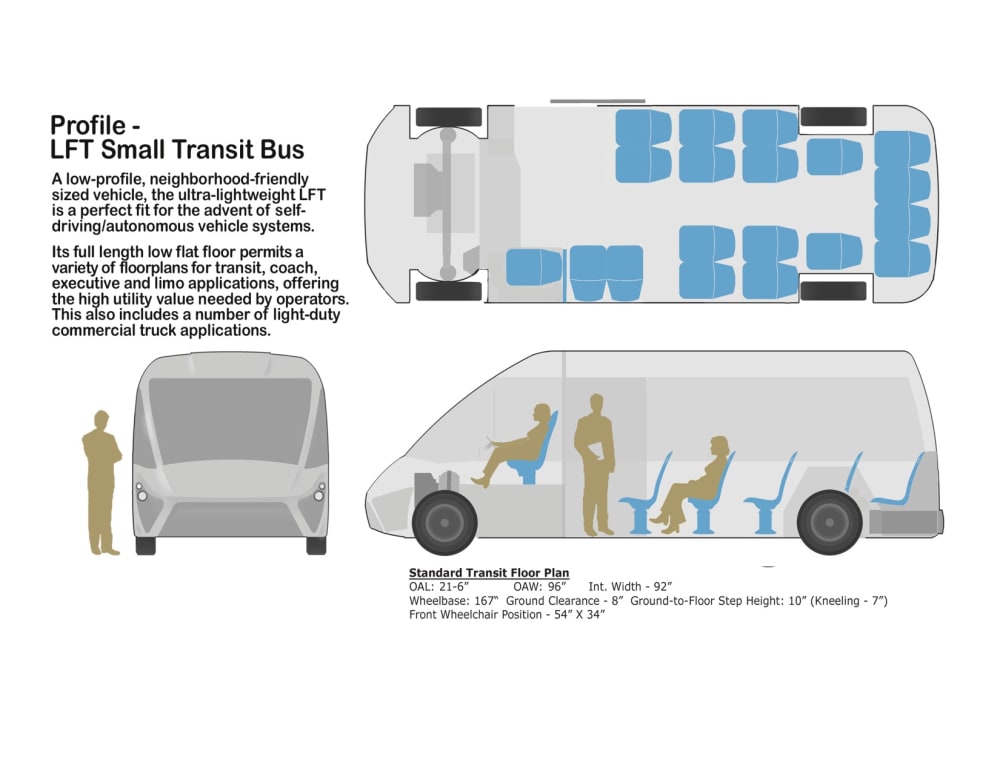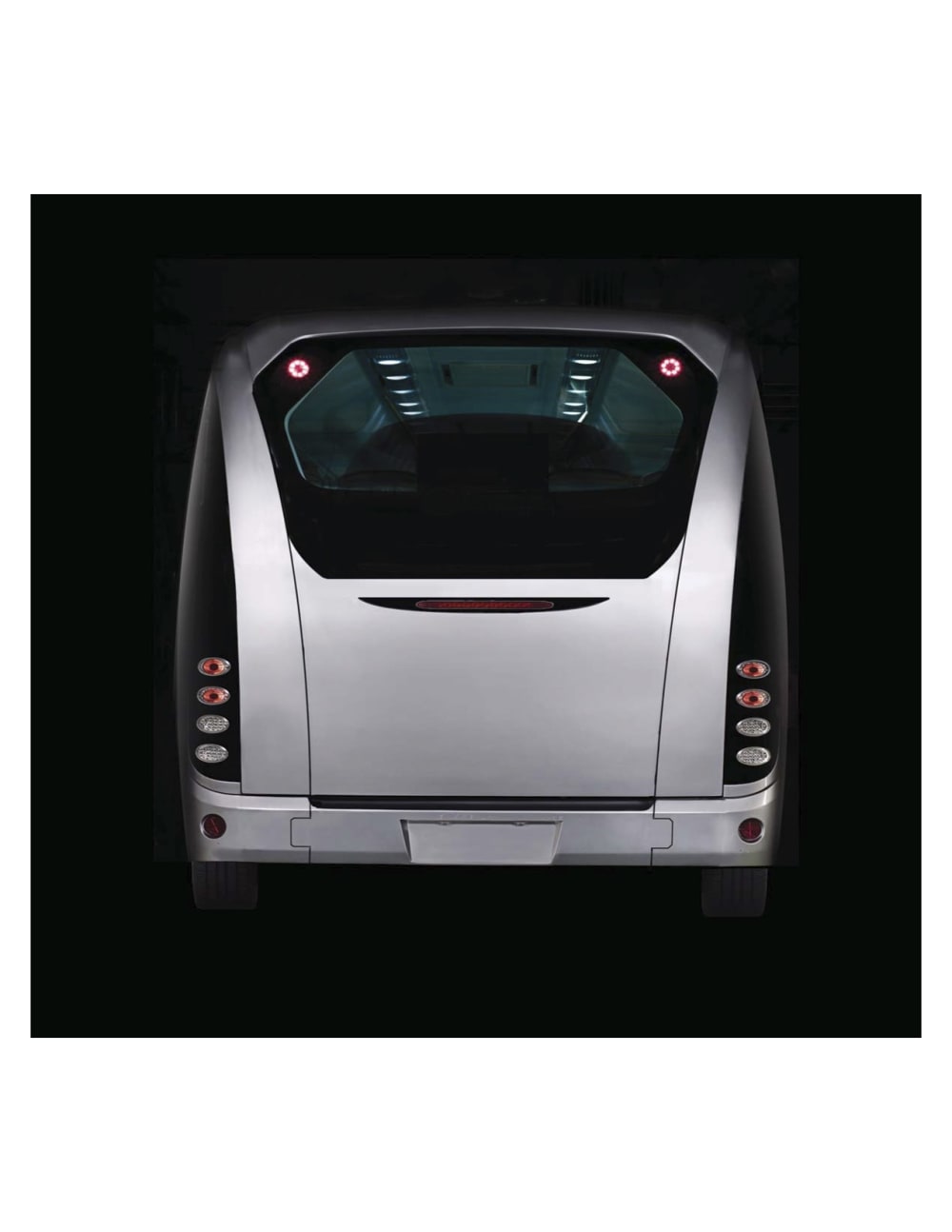Advances in technology and environmental concerns will precipitate major changes in how public transit will deliver services in the coming years. Advances, including AI-assisted scheduling software, self-driving systems, and perhaps most important of all, multi-passenger Uber/Lyft-like software coming on stream, are prompting many public transit officials to contemplate a Zonal-based system that in large part would replace the traditional grid/corridor-based system.
A Zonal system involves large numbers of small buses operating within a given zone, enabling more routes, greater frequencies, and seamless connections to adjacent zones/ multi-modes of transportation. This system also offers a long-sought “Golden Ring” opportunity - the ability of a public transit agency to provide all consumers with the option of 24-hour on-demand door-to-door transit service at low cost!
According to the American Public Transportation Association, 60% of America’s workforce is involved in shiftwork, positions that tend to be at the lower end of the pay scale, the majority of which are held by women. This reveals a critical need for safe & reliable 24-hour transit services, particularly in under-serviced, lower-income communities.
LFT Design
The battery-electric LFT is specifically designed for a Zonal-based system! A number of patentable processes and design features comprise its unique ultra-lightweight, highly rigid composite body shell construction. Impervious to the elements, a composite body shell offers superior noise/vibration absorption qualities, a low COG and air ride suspension coupled with spacious seating for a quiet, limousine-like ride. A low-floor with kneeling feature offers a mere 7.5” ground to floor step height for ease of access for all, and enables the use of a simple one-piece slide ramp for wheelchair passengers/mobility challenged. It features a 64” wide rear liftgate/ramp that accommodates access/transit needs for extra-wide wheelchair clients and gurney/non-emergency patient transfers.
In discussion with major suppliers such as Dow Automotive (composite materials supplier), Magna International (molds, body shell construction/vehicle assembly), Siemens (electric-drive) the LFT will likely cost twice that of current models. However its long service life, low operating costs, fuel savings, coupled with traditional FTA funding translates to public transit agencies seeing a payback is as little as one year.
Major Challenge
For battery-electric buses, the high parasitic power demands of a transit environment - frequent stop & go, passenger boarding/deboarding, cabin HVAC operation - winters in Chicago, summers in Phoenix, can severely limit operating range to a few short hours. In certain cases – short runs, mid/end-point charging stations and even the use of mobile power wagons (like mid-air refuelling) may suffice. Until further advances are made in battery energy densities; however, on-board range extenders will be required in most instances. The LFT design brief includes the ability to accept a variety of range extenders, from small gas/propane generators to a fuel cell. Individual transit operating environments will dictate the most efficient balance between battery capacity/weight and range extender.
Applications
In addition to urban and rural public transit systems, the LFT efficiently will serve institutional campus/corporate/employee transit, vocational services - parking, car rental, hotel, event and community-based services.
Video
Like this entry?
-
About the Entrant
- Name:Brian Niddery
- Type of entry:individual
- Patent status:none








